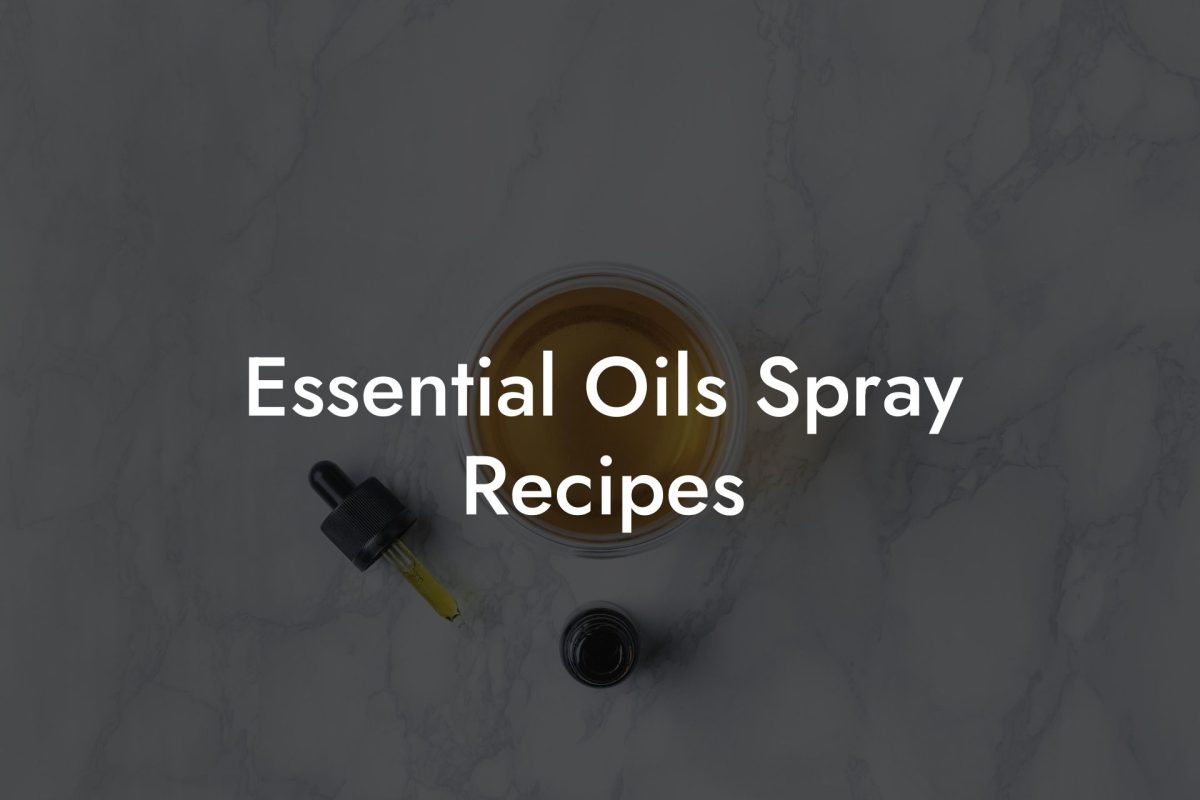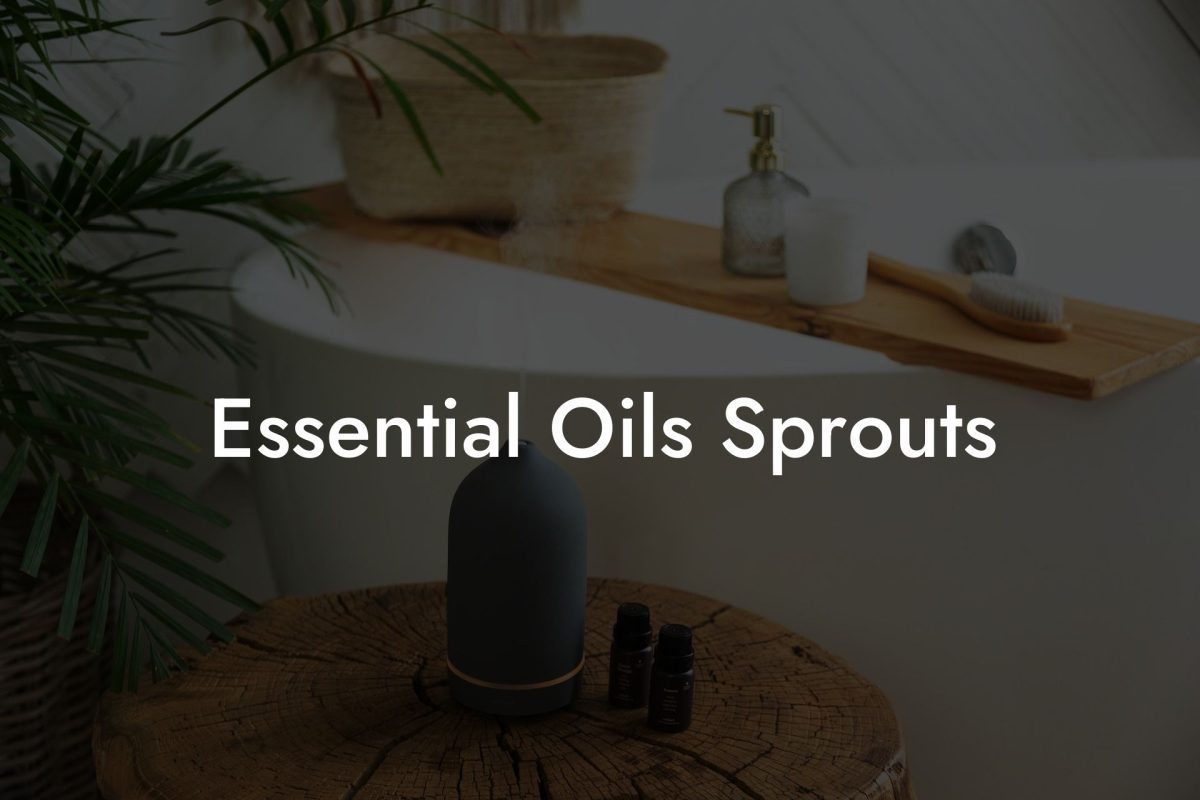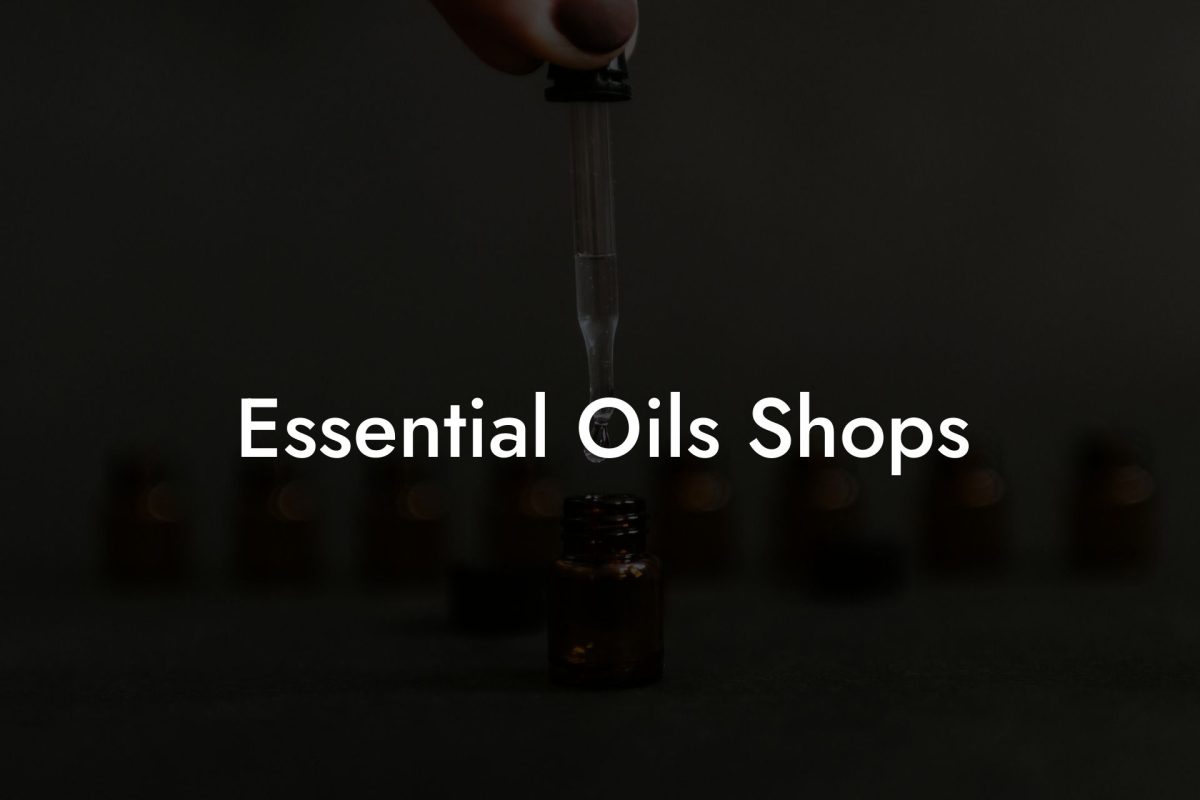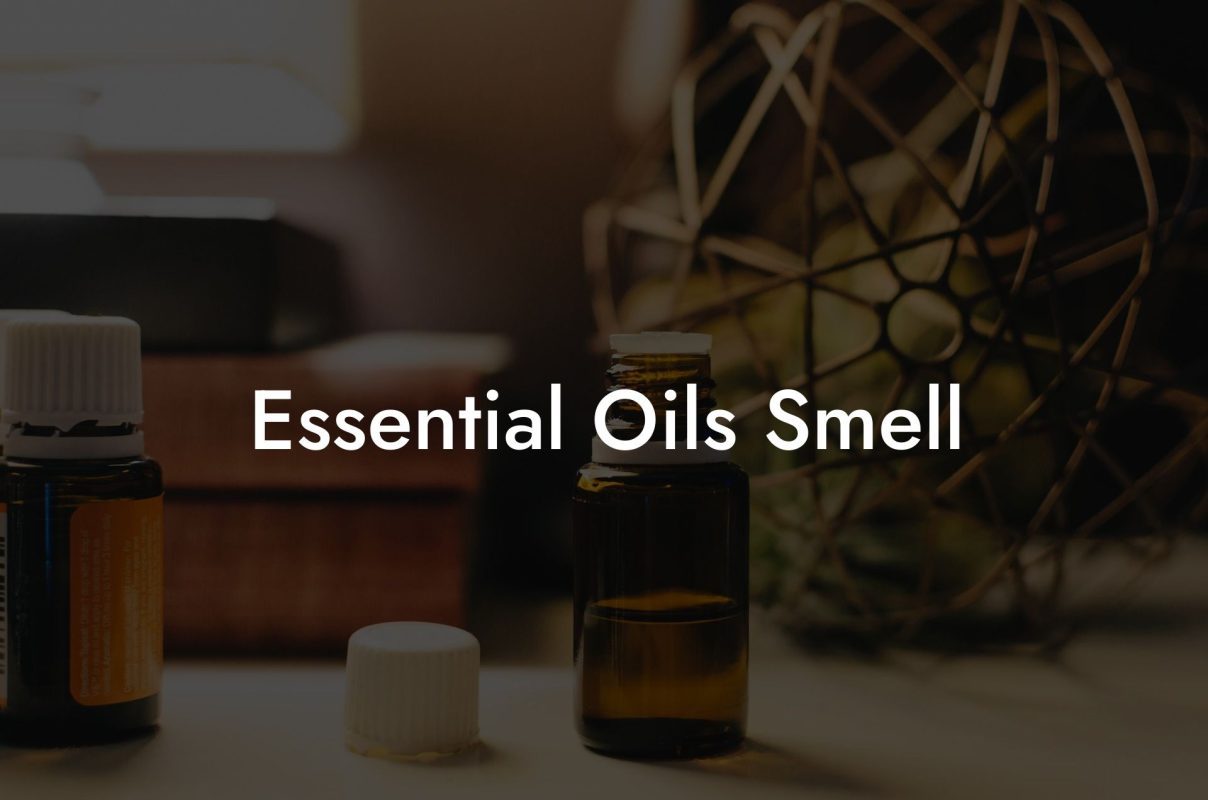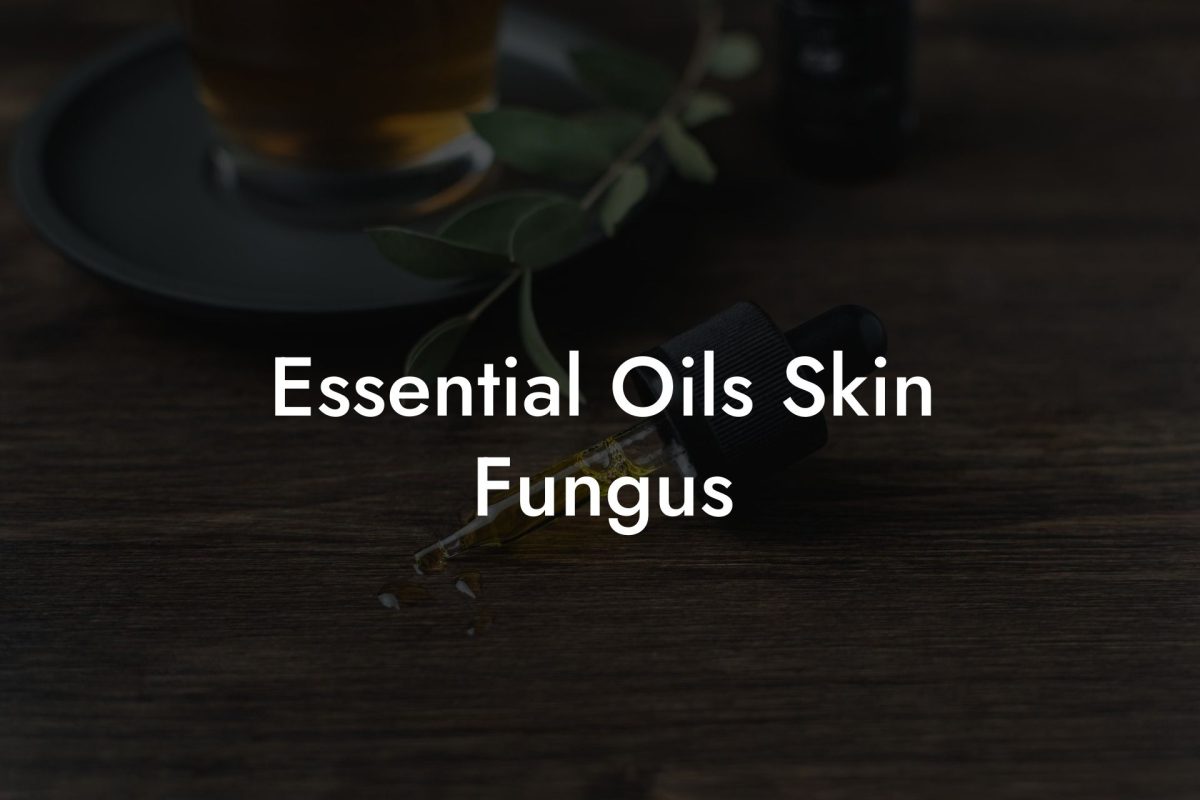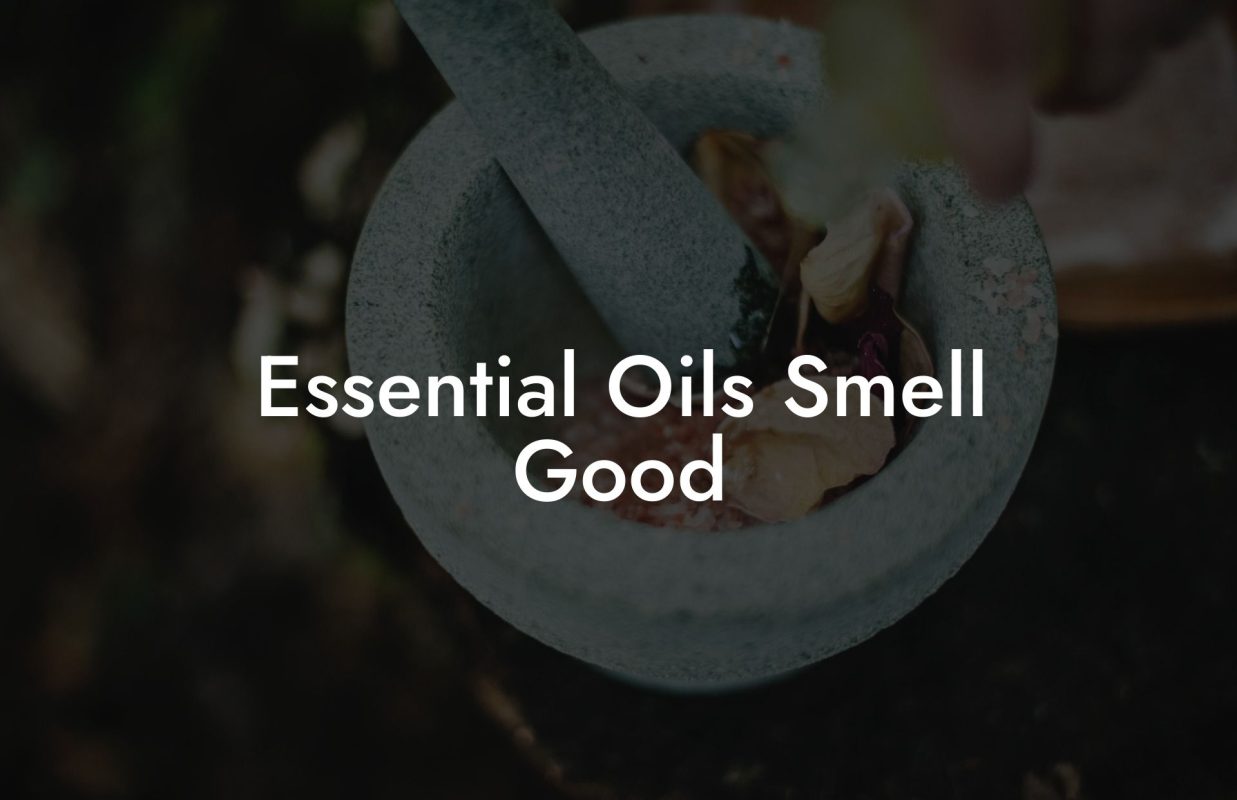Are you looking to incorporate essential oils into your skincare routine but feel overwhelmed by the vast array of oils and their uses? You’re not alone. Essential oils can provide incredible benefits for your skin when used correctly. In this comprehensive guide, we will delve into the world of essential oils and their benefits for the skin, offering expert advice on selecting, blending, and applying them effectively.
Table of Contents
Essential oils have been used for centuries as natural remedies for skin conditions, as well as for their aromatherapeutic properties. They offer numerous benefits for the skin, including:
– Reducing inflammation and irritation
– Speeding up the healing process for wounds and blemishes
– Balancing the skin’s natural oil production
– Nourishing and hydrating the skin
– Soothing irritated and sensitive skin
– Providing antioxidant protection to combat free radicals and prevent premature aging
Before diving into the world of essential oils, it’s essential to consider your skin type to effectively target your specific needs. Here are some of the best essential oils for different skin types:
1. Oily and Acne-Prone Skin:
– Tea Tree Oil
– Lavender Oil
– Clary Sage Oil
– Juniper Berry Oil
– Cedarwood Oil
2. Dry and Sensitive Skin:
– Chamomile Oil
– Rose Oil
– Frankincense Oil
– Sandalwood Oil
– Neroli Oil
3. Mature and Aging Skin:
– Rosehip Oil
– Geranium Oil
– Myrrh Oil
– Patchouli Oil
– Ylang Ylang Oil
Since essential oils are highly concentrated, it’s crucial to dilute them with a carrier oil before applying them to the skin. This will ensure safety, prevent irritation, and enhance the absorption of the oils. Some excellent carrier oils include:
– Jojoba Oil
– Sweet Almond Oil
– Grapeseed Oil
– Coconut Oil
– Avocado Oil
To create a simple blend for your skin, follow these general guidelines:
1. Choose 1-3 essential oils that best suit your skin type and concerns.
2. Mix 3-6 drops of each essential oil with 2 tablespoons of a carrier oil in a dark glass bottle. This will create a 1-2% dilution, which is generally safe for most individuals.
3. Shake the bottle gently to mix the oils thoroughly.
4. Conduct a patch test on a small area of skin to ensure there is no allergic or adverse reaction.
There are several methods to effectively incorporate essential oils into your skincare routine:
– As a facial oil: After cleansing and toning, massage a few drops of your oil blend into your face and neck using upward, circular motions.
– Spot treatment for blemishes: Use a cotton swab to apply a small amount of a diluted essential oil, like tea tree, directly onto the blemish.
– Facial steam: Add a few drops of essential oils to a bowl of hot water, drape a towel over your head, and inhale the steam for 5-10 minutes to open up your pores and respiratory system.
– DIY skincare products: Create personalized skincare products like facial masks, scrubs, and moisturizers by adding a few drops of essential oils to base ingredients like honey, yogurt, or aloe vera.
Essential Oils On Skin Example:
For a soothing and hydrating facial oil, suitable for dry and sensitive skin, you might choose to combine:
– 4 drops of Chamomile oil (anti-inflammatory and soothing)
– 2 drops of Rose oil (hydrating and regenerating)
– 2 tablespoons of Jojoba oil (closest to your skin’s natural sebum)
Blend these in a dark glass bottle, and after cleansing and toning, gently massage a few drops into your face and neck each evening for a nourishing nighttime treatment.
Armed with this knowledge, you can confidently explore the world of essential oils for skincare, creating specialized blends catered to your unique skin type and concerns. Remember, consistency is key to maximizing the benefits of these natural remedies. Don’t forget to share this article with others who may benefit from the power of essential oils, and be sure to explore other guides available from Oshu Oils. Additionally, check out the Oshu Oils range of essential oils to find your perfect match for achieving beautiful, healthy, and nourished skin.



